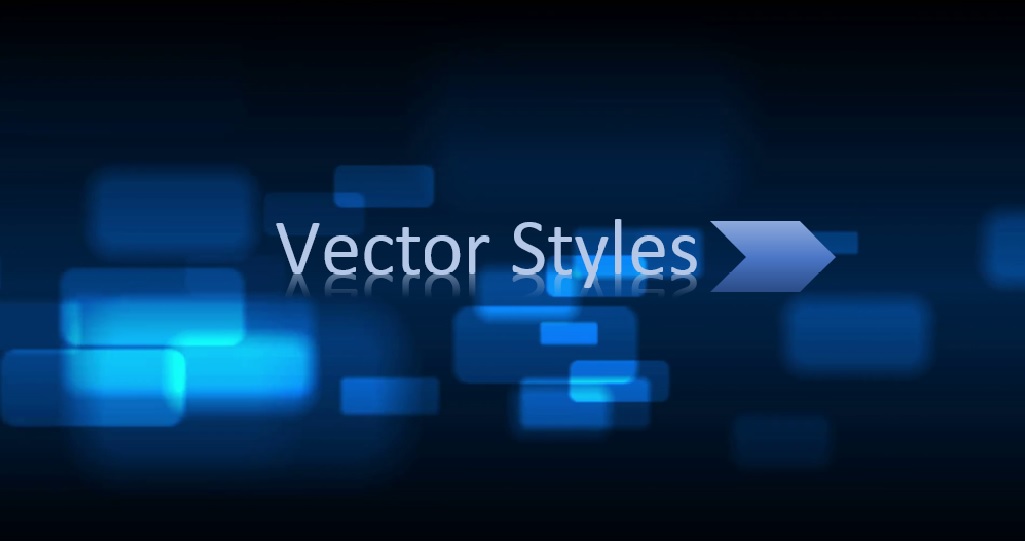Information about Vector Art


"Vector graphics use 2D point located polygons to represent images in computer graphics. Each of these points has a definite position on the x- and y-axes of the work plane and determines the direction of the path; further, each path may have properties, including such values as stroke color, shape, curve, thickness, and fill.[1][2] Vector graphics are commonly found today in the SVG, EPS and PDF graphic file formats and are completely different from the more common raster graphics file formats of JPEG, PNG and MPEG4." (wikipedia)
"The World Wide Web Consortium (W3C) standard for vector graphics is Scalable Vector Graphics (SVG). The standard is complex and has been relatively slow to be established at least in part owing to commercial interests. Many web browsers now have some support for rendering SVG data, but full implementations of the standard are still comparatively rare. In recent years, SVG has become a significant format that is completely independent of the resolution of the rendering device, typically a printer or display monitor. SVG files are essentially printable text that describes both straight and curved paths, as well as other attributes. Wikipedia prefers SVG for images such as simple maps, line illustrations, coats of arms, and flags, which generally are not like photographs or other continuous-tone images. Rendering SVG requires conversion to raster format at a resolution appropriate for the current task. SVG is also a format for animated graphics. There is also a version of SVG for mobile phones. In particular, the specific format for mobile phones is called SVGT (SVG Tiny version). These images can count links and also exploit anti-aliasing. They can also be displayed as wallpaper."(wikipedia)
"One of the first uses of vector graphic displays was the US SAGE air defense system. Vector graphics systems were retired from U.S. en route air traffic control in 1999, and are likely still in use in military and specialized systems. Vector graphics were also used on the TX-2 at the MIT Lincoln Laboratory by computer graphics pioneer Ivan Sutherland to run his program Sketchpad in 1963." Subsequent vector graphics systems, most of which iterated through dynamically modifiable stored lists of drawing instructions, include the IBM 2250, Imlac PDS-1, and DEC GT40. There was a home gaming system that used vector graphics called Vectrex as well as various arcade games like Asteroids, Space Wars and many cinematronics titles such as Rip-Off, and Tail Gunner using vector monitors. Storage scope displays, such as the Tektronix 4014, could display vector images but not modify them without first erasing the display. In computer typography, modern outline fonts describe printable characters (glyphs) by cubic or quadratic mathematical curves with control points.[3] Nevertheless, bitmap fonts are still in use. Converting outlines requires filling them in; converting to bitmaps is not trivial, because bitmaps often don't have sufficient resolution to avoid "stairstepping" ("aliasing"), especially with smaller visible character sizes. Processing outline character data in a sophisticated fashion to create satisfactory bitmaps for rendering is called "hinting". Although the term implies suggestion, the process is deterministic and done by executable code, essentially a special-purpose computer language. While automatic hinting is possible, results can be inferior to that done by experts. Modern vector graphics displays can sometimes be found at laser light shows, where two fast-moving X-Y mirrors position the beam to rapidly draw shapes and text as straight and curved strokes on a screen. Vector graphics can be created in a form using a pen plotter, a special type of printer that uses a series of ballpoint and felt-tip pens on a servo-driven mount that moves horizontally across the paper, with the plotter moving the paper back and forth through its paper path for vertical movement. Although a typical plot might easily require a few thousand paper motions, back and forth, the paper doesn't slip. In a tiny roll-fed plotter made by Alps in Japan, teeth on thin sprockets indented the paper near its edges on the first pass and maintained registration on subsequent passes. Some Hewlett-Packard pen plotters had two-axis pen carriers and stationery paper (plot size was limited). However, the moving-paper H-P plotters had grit wheels (akin to machine-shop grinding wheels) which, on the first pass, indented the paper surface, and collectively maintained registration. Present-day vector graphic files such as engineering drawings are typically printed as bitmaps, after vector-to-raster conversion. The term "vector graphics" is mainly used today in the context of two-dimensional computer graphics. It is one of several modes an artist can use to create an image on a raster display. Vector graphics can be uploaded to online databases for other designers to download and manipulate, speeding up the creative process. Other modes include text, multimedia, and 3D rendering. Virtually all modern 3D rendering is done using extensions of 2D vector graphics techniques. Plotters used in technical drawing still draw vectors directly to paper."(wikipedia)
" Vector graphics editors typically allow translation, rotation, movement (without rotation), mirroring, stretching, skewing, affine transformations, changing of z-order (loosely, what's in front of what) and combination of primitives into more complex objects.
More sophisticated transformations include set operations on closed shapes (union, difference, intersection, etc.).
Vector graphics are ideal for simple or composite drawings that need to be device-independent, or do not need to achieve photo-realism. For example, the PostScript and PDF page description languages use a vector graphics model."(wikipedia)
